INDIAN wrestler Vinesh Phogat, who helped lead protests demanding the sport's national chief step down over sexual harassment allegations, has pulled out of next month's Asian Games with a knee injury.
Phogat, who won gold in the women's 50kg freestyle in the last edition of the Asian Games, injured herself during training and will undergo surgery on Thursday.
"It was my dream to retain my Asian Games gold medal for India which I won in 2018 in Jakarta," Phogat, 28, wrote in a post on social media.
"But unfortunately, this injury has ruled out my participation now."
Phogat and other wrestlers accused Wrestling Federation of India (WFI) chief Brij Bhushan Singh of sexual misconduct in January and led a long sit-in demanding he step down.
Police broke up the New Delhi protest camp in May after demonstrators attempted to march on parliament, and Phogat was briefly detained after scuffling with officers.
Singh, 66, also a lawmaker for the ruling Bharatiya Janata Party (BJP), denies all charges and has said he is a victim of a "conspiracy".
Phogat's injury also rules her out of the World Championships in Belgrade next month.
An election for Singh's replacement at the WFI was due to be held on the weekend but was postponed indefinitely after a last-minute court challenge.
Rising star Antim Phangal will join India's wrestling squad for the Asian Games, starting September 23 in Hangzhou, China, after winning selection trials in the 53 kg category.
(AFP)

















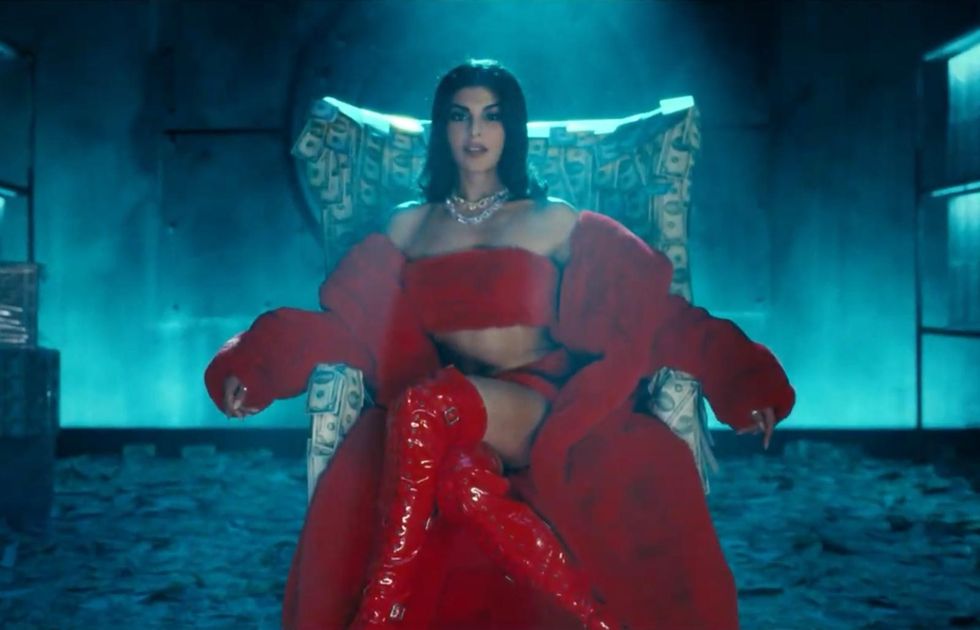 With viral choreography, bold styling, and mass appeal, Jacqueline’s music video appearances have become internet staples
With viral choreography, bold styling, and mass appeal, Jacqueline’s music video appearances have become internet staples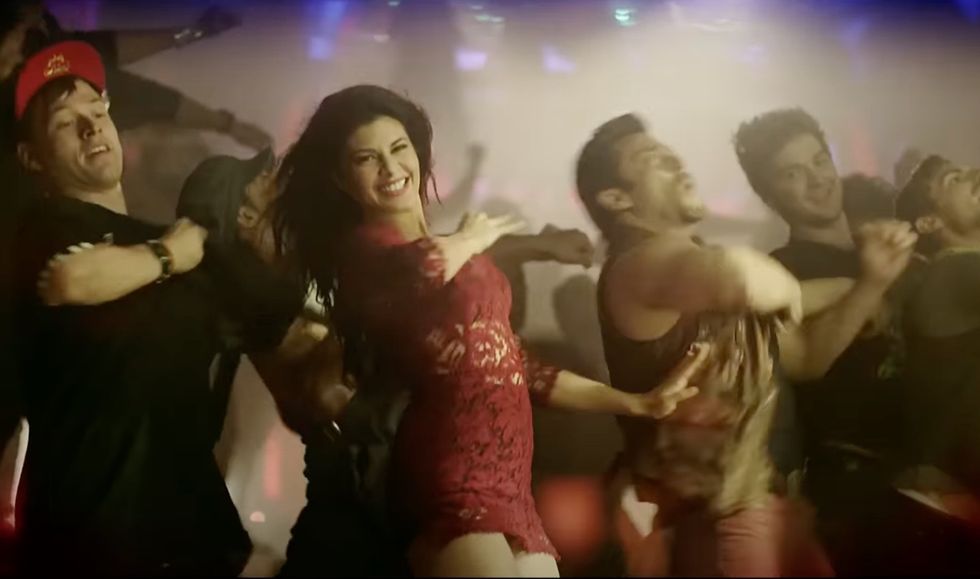 These 12 songs reflect how Jacqueline Fernandez has turned dance numbers into viral cultural moments
These 12 songs reflect how Jacqueline Fernandez has turned dance numbers into viral cultural moments
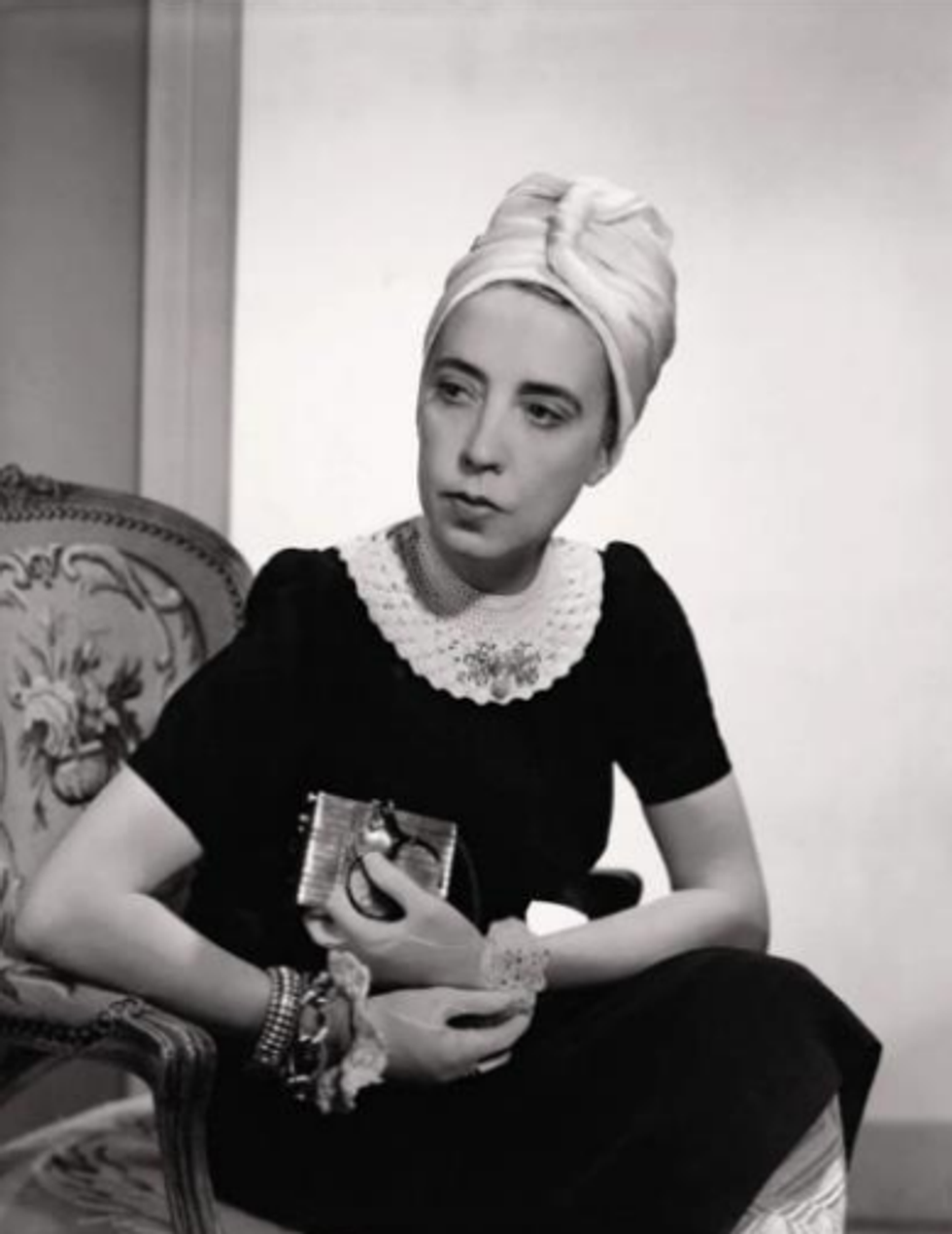 Vogue 1940; Designer Elsa Schiaparelli wearing black silk dress with crocheted collar of her own design and a turbanFredrich Baker/Condé Nast via Getty Images
Vogue 1940; Designer Elsa Schiaparelli wearing black silk dress with crocheted collar of her own design and a turbanFredrich Baker/Condé Nast via Getty Images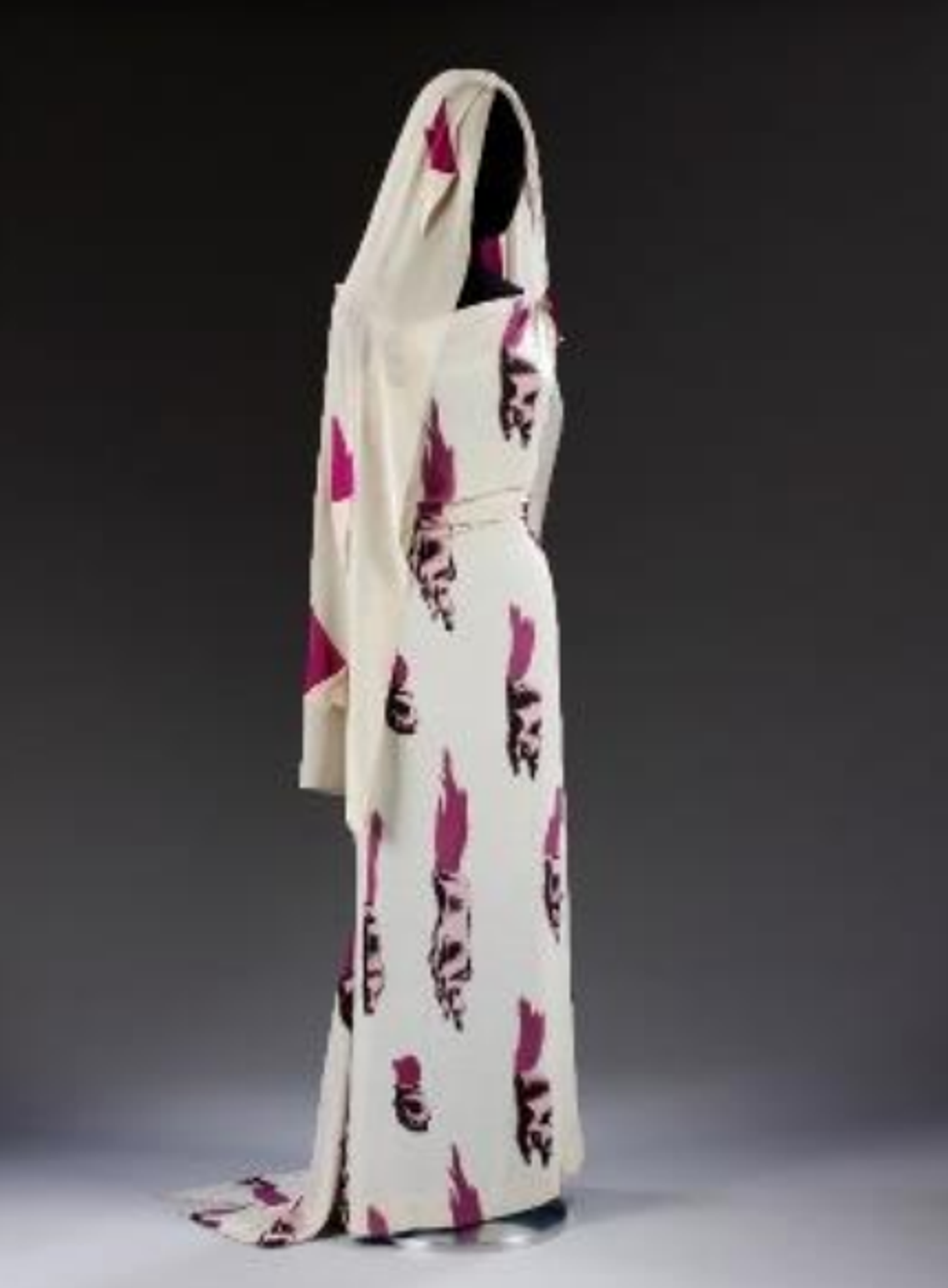 'Tears' Evening dress and head veil, designed by Elsa Schiaparelli, February 1938 for Circus Collection, summer 1938. Fabric designed by Salvador Dali Victoria and Albert Museum, London
'Tears' Evening dress and head veil, designed by Elsa Schiaparelli, February 1938 for Circus Collection, summer 1938. Fabric designed by Salvador Dali Victoria and Albert Museum, London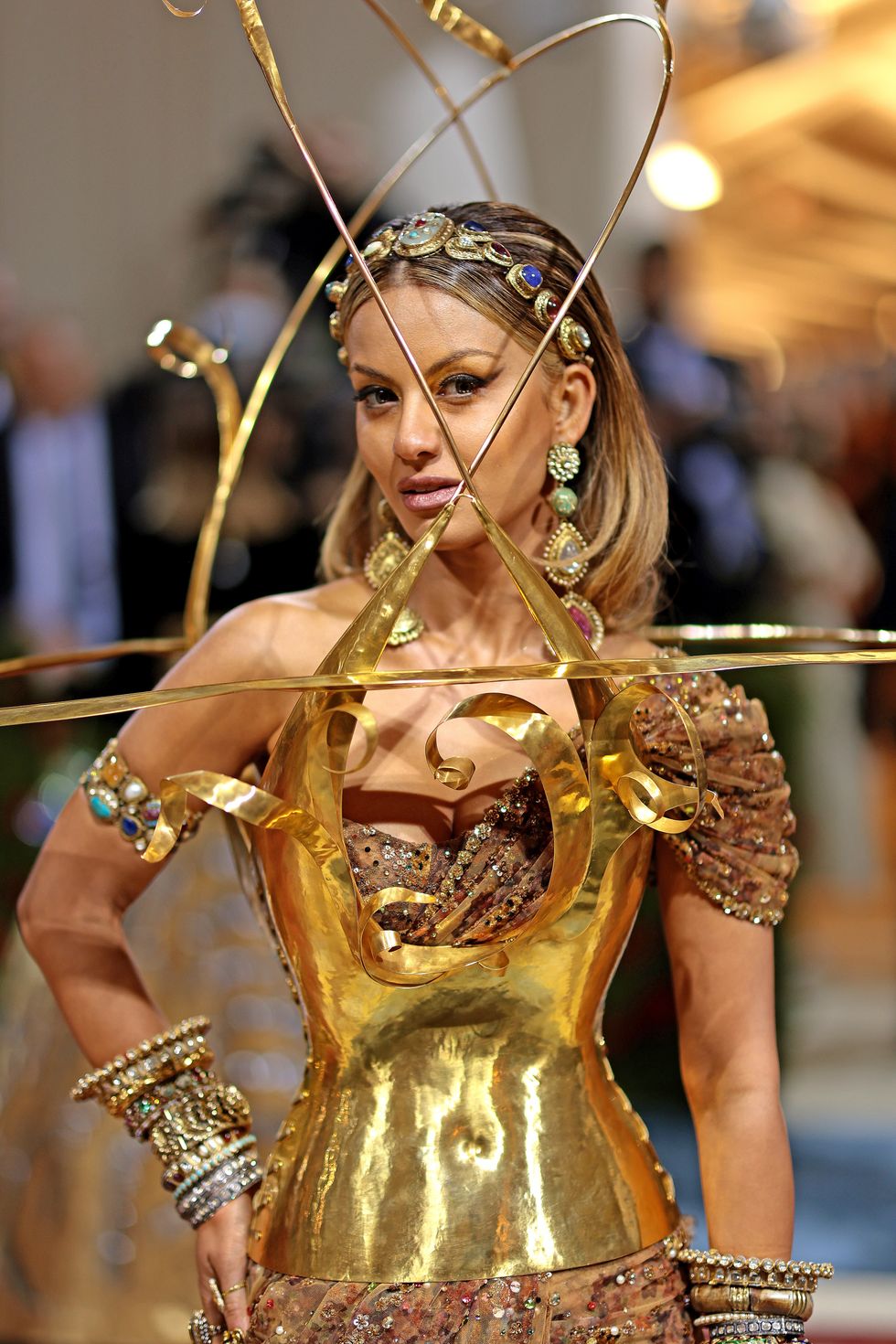 Natasha Poonawalla attends The 2022 Met GalaGetty Images
Natasha Poonawalla attends The 2022 Met GalaGetty Images 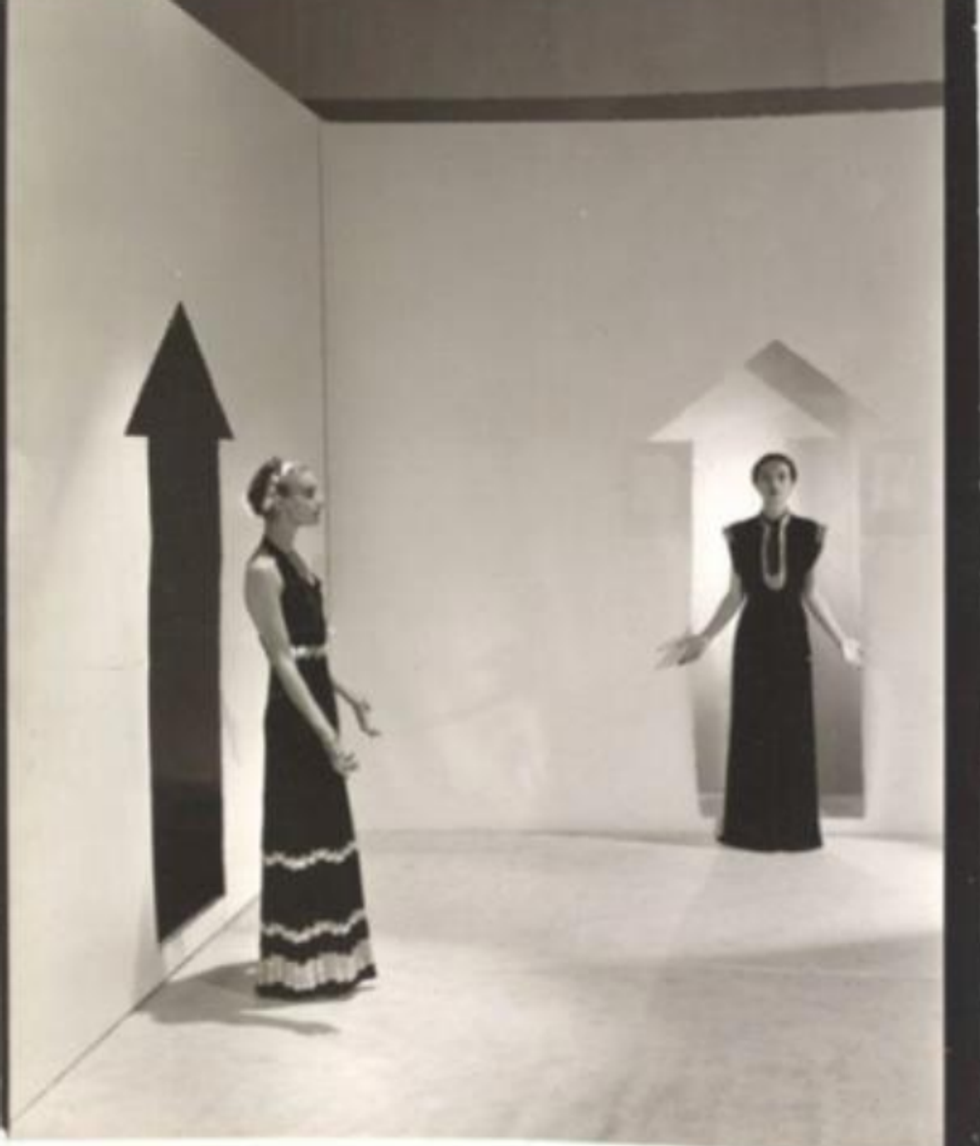 Vogue 1936; Two models, standing in a white room with arrows painted on walls and wearing dresses by Schiaparelli;Cecil Beaton/Condé Nast via Getty Images
Vogue 1936; Two models, standing in a white room with arrows painted on walls and wearing dresses by Schiaparelli;Cecil Beaton/Condé Nast via Getty Images
